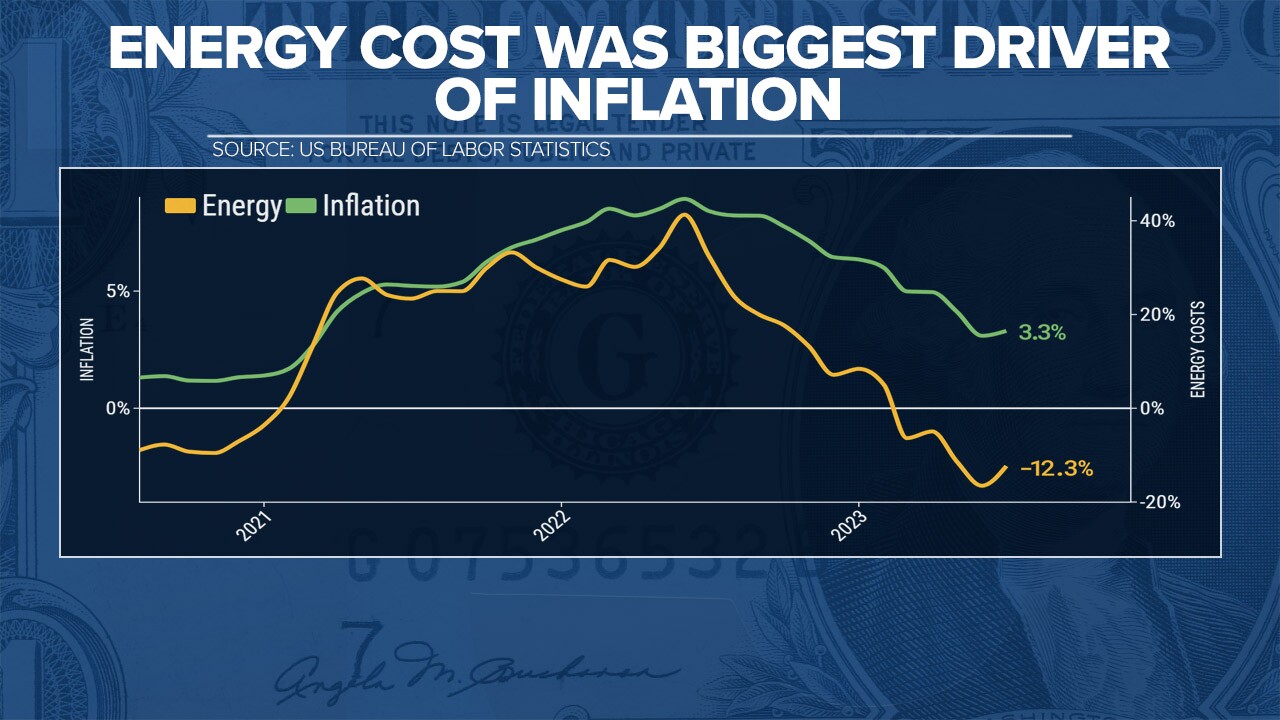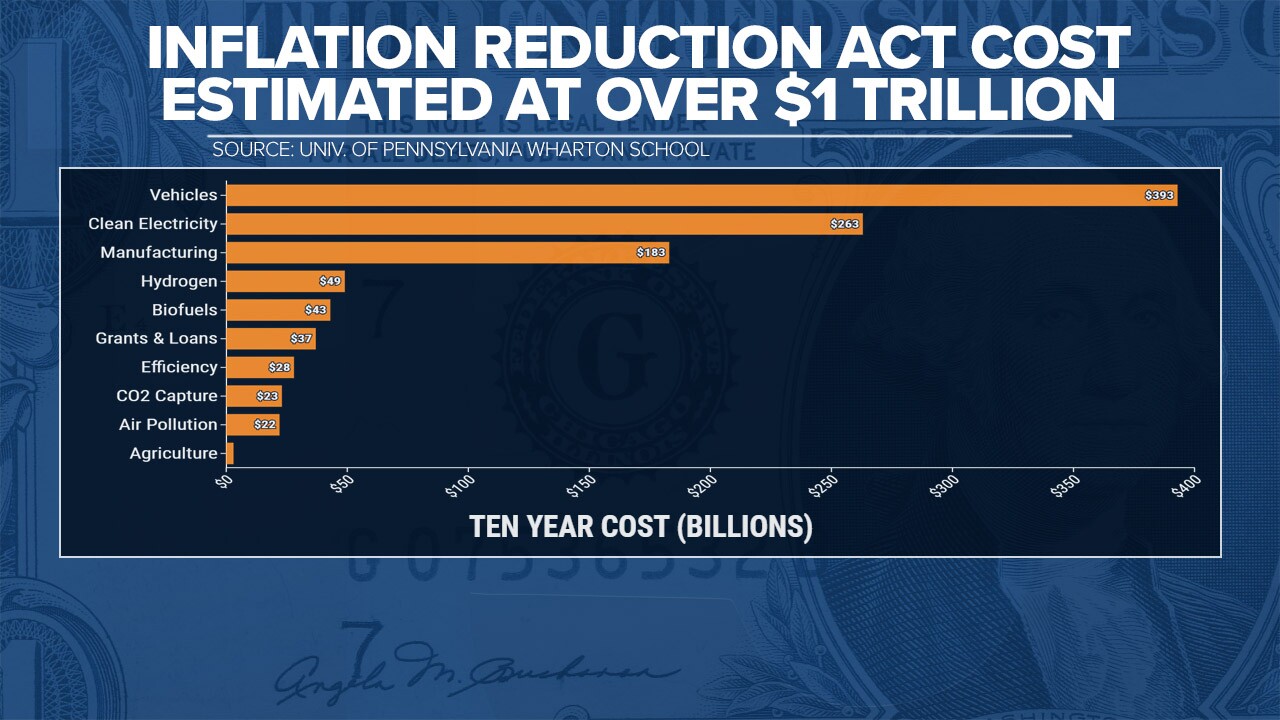One year ago, President Joe Biden signed the Inflation Reduction Act into law. What, if anything, has the law accomplished?
Foremost, the Inflation Reduction Act is terribly named. Most economists, and even the Biden administration, agree. The law's impact on bringing inflation down is, at best, minimal. Inflation has fallen mainly due to energy costs in the U.S. tumbling to -12% compared to last year. This combined with the Federal Reserve raising interest rates eight times since last August is the primary reason inflation is down to 3.3%.

The Inflation Reduction Act is also costing more than anticipated. The law expanded green energy tax credits across the board which caused the University of Pennsylvania’s Wharton School to update their 2022 estimate of $390 billion over ten years to over $1 trillion. Most of the increase comes from Americans taking advantage of electric vehicle tax credits for both new and used vehicles as well as tax credits for clean electricity capital investments.

Communications director for the White House, Ben LaBolt, did not dispute the numbers but told ABC15 that capital investment in green energy is up around the country and will help supercharge the industry.
“It’s also unleashing public and private capital into the clean energy sector,” LaBolt said. “It’s allowing things like the solar industry to be turbocharged in the state of Arizona.”
The U.S. Energy Information Agency does show an increase in energy consumption through solar power. In the first four months of last year, Americans consumed an average of 130 Btu of solar energy. This year it increased to 156.
Local economist Jim Rounds said Arizona is seeing growth in the high-wage clean energy sector of the economy. He estimates if Arizona simply catches up to the U.S. average of 2.6% green energy jobs, it will generate an additional $7 billion in economic output and over 40,000 new jobs, which will lead to over $240 million more in annual tax revenue to the state coffers.
Rounds told ABC15 much of the economic provisions of the law are longer term, but if Arizona uses the money efficiently it will see a benefit.
“The missing component I’ve seen, and we’ve participated in some of the research, is 20-30 different groups out there working this area,” Rounds said. “I really would like to see a statewide strategy that helps provide a little bit of an umbrella so that we have a little bit more coordination.”





